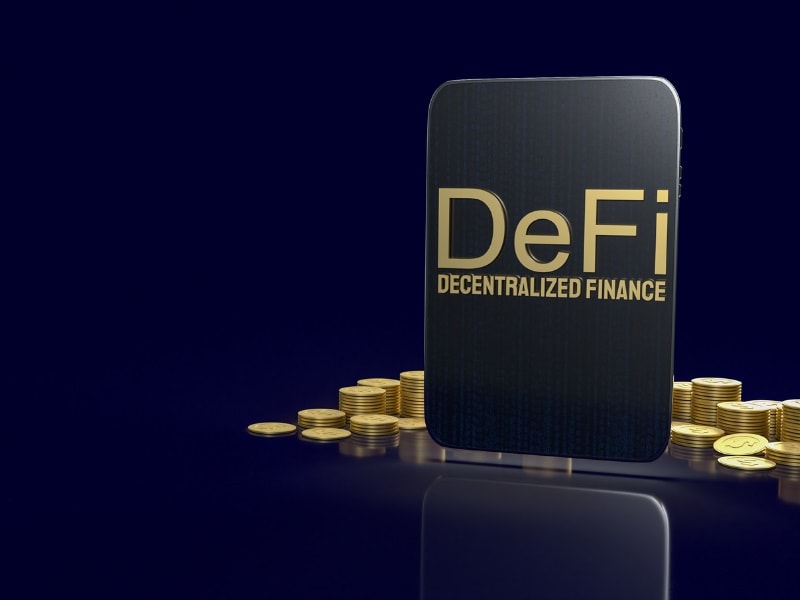
A beginner's guide to DeFi
A comprehensive but concise guide to decentralized finance you would most certainly find useful as you venture into the cryptoverse
 Since the concept of crypto was brought to the world’s attention with the emersion of the crypto Bitcoin back in 2009, decentralized finance or DeFi has come a long way indeed. In fact, as mainstream global financial markets took a hit right after Covid struck early in 2020, DeFi applications began seeing some astonishing highs simultaneously. As data from DeFi Pulse suggests, the total value locked in DeFi applications as of the end of March 2022 is already about $92.85B.
Since the concept of crypto was brought to the world’s attention with the emersion of the crypto Bitcoin back in 2009, decentralized finance or DeFi has come a long way indeed. In fact, as mainstream global financial markets took a hit right after Covid struck early in 2020, DeFi applications began seeing some astonishing highs simultaneously. As data from DeFi Pulse suggests, the total value locked in DeFi applications as of the end of March 2022 is already about $92.85B.
While the gradual development of the metaverse is introducing a major part of the global population to decentralized finance, the concept of DeFi is definitely not a new one. In reality, the DeFi movement has already been around for about a decade. Put simply, DeFi systems utilize crypto and the blockchain technology to essentially provide all sorts of services traditional finance can provide, but with more agility and no intermediaries to hinder said services.
For all you newcomers to DeFi, here’s a comprehensive but concise guide to decentralized finance you would most certainly find useful as you venture into the cryptoverse.
DeFi: Core Properties and Advantages
The rise of Bitcoin and crypto in general led to the creation of many niches within the crypto space, of which DeFi is one. The movement started with multiple financial services based on blockchain that aimed to bank the unbanked by merging the core quality of crypto- decentralization- with traditional finance. Any financial service you require, from loans to trading to insurance, DeFi makes available to you simply through a smartphone and a decent internet connection.
Smart contracts power most decentralized applications (dApps), contracts that self-execute when pre-specified conditions are met. Since smart contracts were first put to use on top of the Ethereum blockchain, till date Ethereum remains at the center of the DeFi movement, hosting a major portion of the DeFi applications active today.




